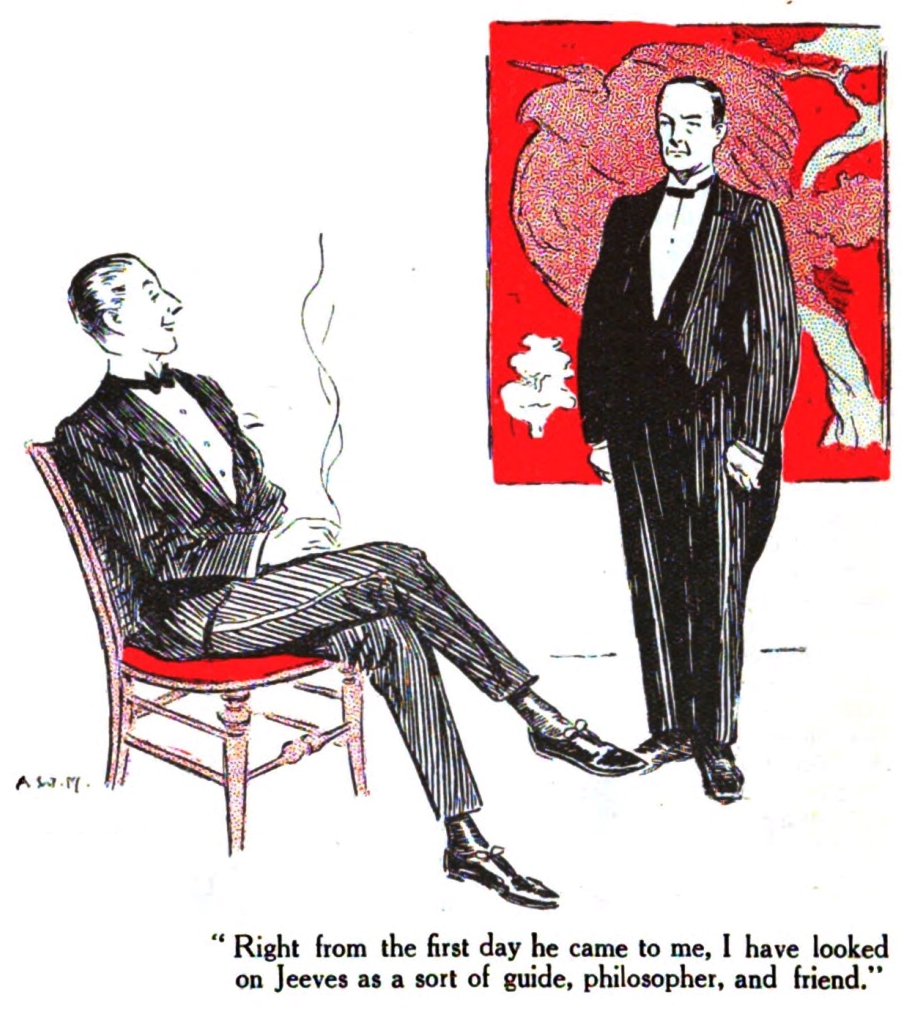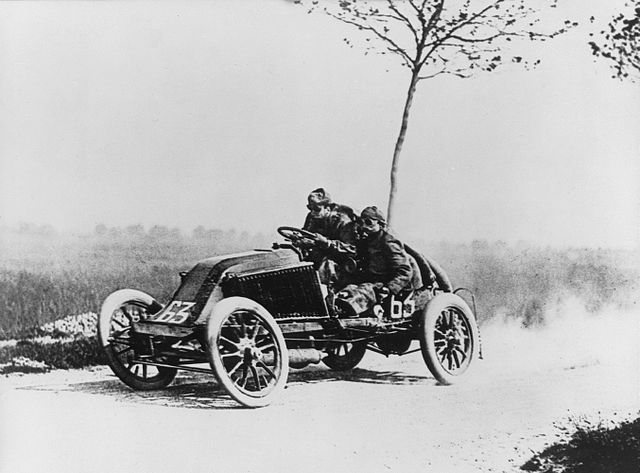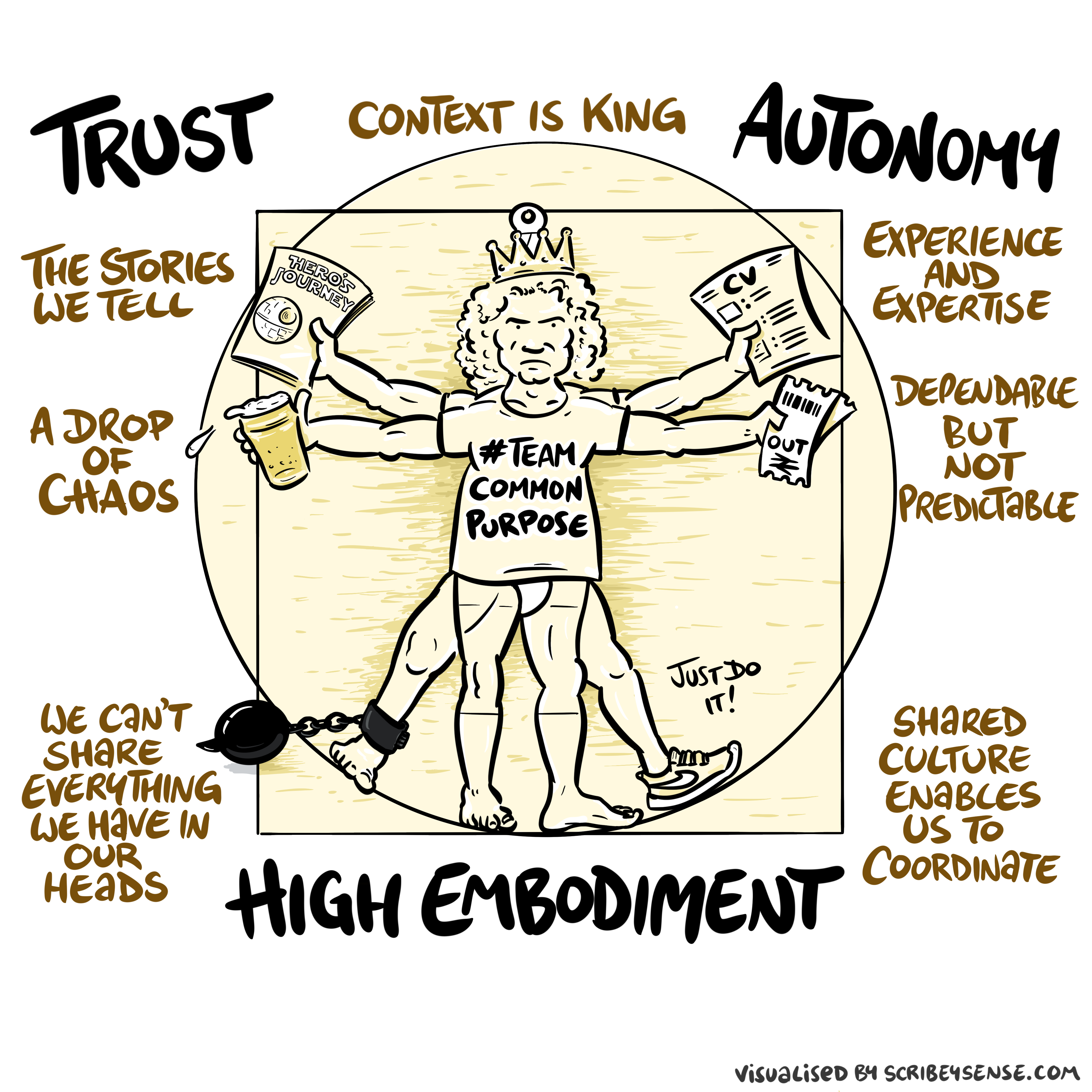Human-Machine Collaboration in the AI Era
How ML Technology Puts Humans Back in Control
Neil D. Lawrence
UBS, Hong Kong
The Great AI Fallacy

The Great Digital Inversion
- Traditional computing: humans adapt to machines
- AI revolution: machines adapt to humans
- From rigid interfaces to natural conversation
The Human-Machine Relationship
- Historically, humans adapted to computers
- Programming as translation of human intent
- Interfaces designed around machine limitations
The AI Inversion
- AI now adapts to human expression
- Natural language as interface
- Machines learn our patterns and preferences
Applications in Finance and Investment
- Enhanced decision support systems
- Natural language data analysis
- Personalized client interactions
Case Study: UBS Client Advisory
- Current: Advisors navigate complex systems
- Future: Conversational exploration of options
- Impact: More time with clients, better outcomes
Embodiment Factors
| bits/min | billions | 2,000 |
|
billion calculations/s |
~100 | a billion |
| embodiment | 20 minutes | 5 billion years |



The Challenges Ahead
- Balancing automation and human judgment
- Maintaining appropriate oversight
- Addressing regulatory considerations
Machine Learning in Society and Organisations
- Technology implementation vs. cultural transformation
- Balanced approach between automation and augmentation
- The importance of human-centered AI deployment
Strategic Implications
- Competitive advantage through improved UX
- Employee satisfaction and reduced training time
- Client satisfaction through more personalized service
Building the Future
- Start with human needs, not technology
- Create systems that explain themselves
- Design for collaboration, not replacement

Conclusion
- AI revolution is about human empowerment
- Reimagining the human-machine relationship
- The future belongs to those who leverage this shift
Lawrence, N.D., 2024. The
atomic human: Understanding ourselves in the age of AI. Allen Lane.
Lawrence, N.D., 2017. Living
together: Mind and machine intelligence. arXiv.